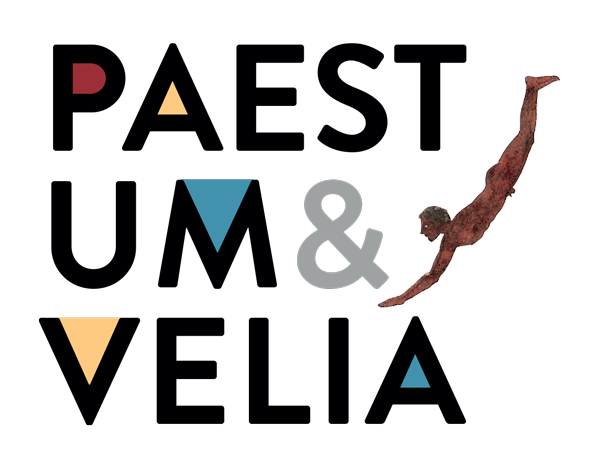DISCOVERING PAESTUM IN THE DIGITAL ERA


ear Readers,[br]
Starting from this month, change is afoot in our editorial: from now on, we shall discuss what we (still) do not know about Paestum and what would be interesting to discover. Because although Paestum is considered the best-known city in Magna Graecia, it is also true that the site still poses many conundrums for archaeologists, architects and historians. We shall describe some of them in this column.[br][br]
One unanswered question that I’d really love to know the answer to is this: to which deity was the Temple of Neptune dedicated? – It was certainly not Neptune. The attribution of the temple to Neptune or Poseidon, as the god of the sea was known by the Greeks, dates back to the eighteenth century. Scholars of the time knew that the city of Paestum was originally called Poseidonia, and in their imagination, the largest and best-preserved temple could only have been dedicated to the god who had given his name to the city. However, excavations have not provided any demonstration of this conjecture. Indeed, it is now believed that the site of the Temple of Poseidon should be sought further away, on the rocky promontory of Agropoli beneath the medieval castle where the ruins of a temple building of Greek date have come to light. It is thought that the so-called Temple of Neptune at Paestum may have actually been dedicated to Hera or Apollo. Even the name of Zeus has been mooted. Hera and Apollo are two extremely important deities in the Greek colonial world. In particular, the comparison with Metapontum, the “sister” colony of Poseidonia, founded a few decades before Sybaris, the mother city of Poseidonia, would tend to suggest these two deities as the most likely candidates. In reality, however, there is no significant archaeological evidence to confirm this hypothesis. In particular, since another temple (the Basilica) stands next to the Temple of Neptune, the question of which temple should be attributed to the two deities remains an open one. In other words, it is a real conundrum. I think only the problem will only be solved through new excavations. The ideal scenario – if an archaeologist is allowed to engage in a bit of day-dreaming – would be a beautiful inscription that clarifies the matter once and for all…[br][br]
For the time being, we shall resume the excavation near the “Temple of Neptune” in the so-called (yet again!) priest’s house. This building had an enigmatic function but is situated in an extremely central position, close to the altar of the Temple of Neptune on the eastern side of the monument. We managed to raise funds for the excavation by holding a charity dinner last summer together with Barbara Guerra and Albert Sapere of LSDM with Massimo Bottura and other celebrity chefs. Let’s hope that the excavation bears fruit! However, I can say, based on my experience as an archaeologist, that something always crops up even though it rarely coincides with what was expected at the beginning![br][br]
This was my conundrum. In the next few months, we shall invite scholars, professors and artists to offer their ideas about what they would like to find out about the history of Paestum. I hope you these short articles interesting reading![br][br]
![]() [br]
[br]
Director of Paestum Archaeological Park






